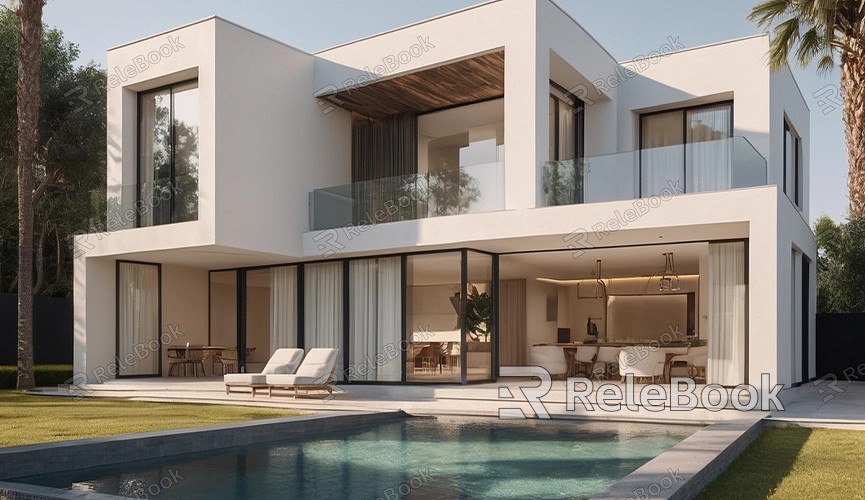3ds max how to texture drywall
In the realm of 3D modeling and rendering, drywall is a common element frequently seen in indoor scenes. Adding realistic texture to drywall can make scenes more vivid. However, for some beginners, figuring out how to texture drywall in 3ds Max may be confusing. In this article, we'll provide you with a detailed guide on how to texture drywall in 3ds Max.
1. Preparation
Before adding texture to drywall, some preparation is needed:
1. Prepare Drywall Model: Ensure you've created the drywall model and imported it into 3ds Max.
2. Prepare Texture Maps: Download or create suitable drywall texture maps, including color, normal, roughness, etc.
2. Creating Materials

In 3ds Max, you can add texture to drywall by creating materials:
1. Open Material Editor: Select "Rendering" -> "Material Editor" in the 3ds Max interface to open the Material Editor.
2. Create Basic Material: Create a new Standard Material in the Material Editor and apply it to the drywall model.
3. Adding Texture Maps
Next, you'll need to apply the downloaded or created texture maps to the material:
1. Add Color Map: In the Material Editor, load the color map into the "Diffuse" channel to add color to the drywall.
2. Add Normal Map: Load the normal map into the "Bump" or "Normal" channel to add subtle bump textures to the drywall model.
3. Add Roughness Map: Load the roughness map into the "Roughness" or "Glossiness" channel to add varying degrees of smoothness or roughness to the drywall surface.
4. Adjusting Material Parameters
You can also adjust other material parameters for better results:
1. Adjust Color and Brightness: Adjust the brightness and contrast of the color map to make the drywall color look more natural.
2. Adjust Normal Strength: Depending on the model's details and requirements, adjust the strength of the normal map to make the bump effects more pronounced or subtle.
3. Adjust Roughness: Based on the surface characteristics of the drywall, adjust the parameters of the roughness map to make it look more realistic.
5. Real-Time Preview and Rendering
After adjusting the material parameters, you can preview the final effect in real-time:
1. Real-Time Preview: Select "Viewport Shading" in the 3ds Max interface to preview the texture effect of the drywall in the viewport.
2. Render Image: After completing the real-time preview, you can render high-quality image files for further presentation and production.
By following these steps, you can easily add realistic texture to drywall in 3ds Max, making it more vivid and lifelike. While it may require some practice and adjustment for beginners, with continuous practice, you'll be able to master these techniques and create stunning works! If you need many high-quality 3D textures and HDRI or downloadable 3D models, you can download them from Relebook and import textures and 3D models directly into your project.

